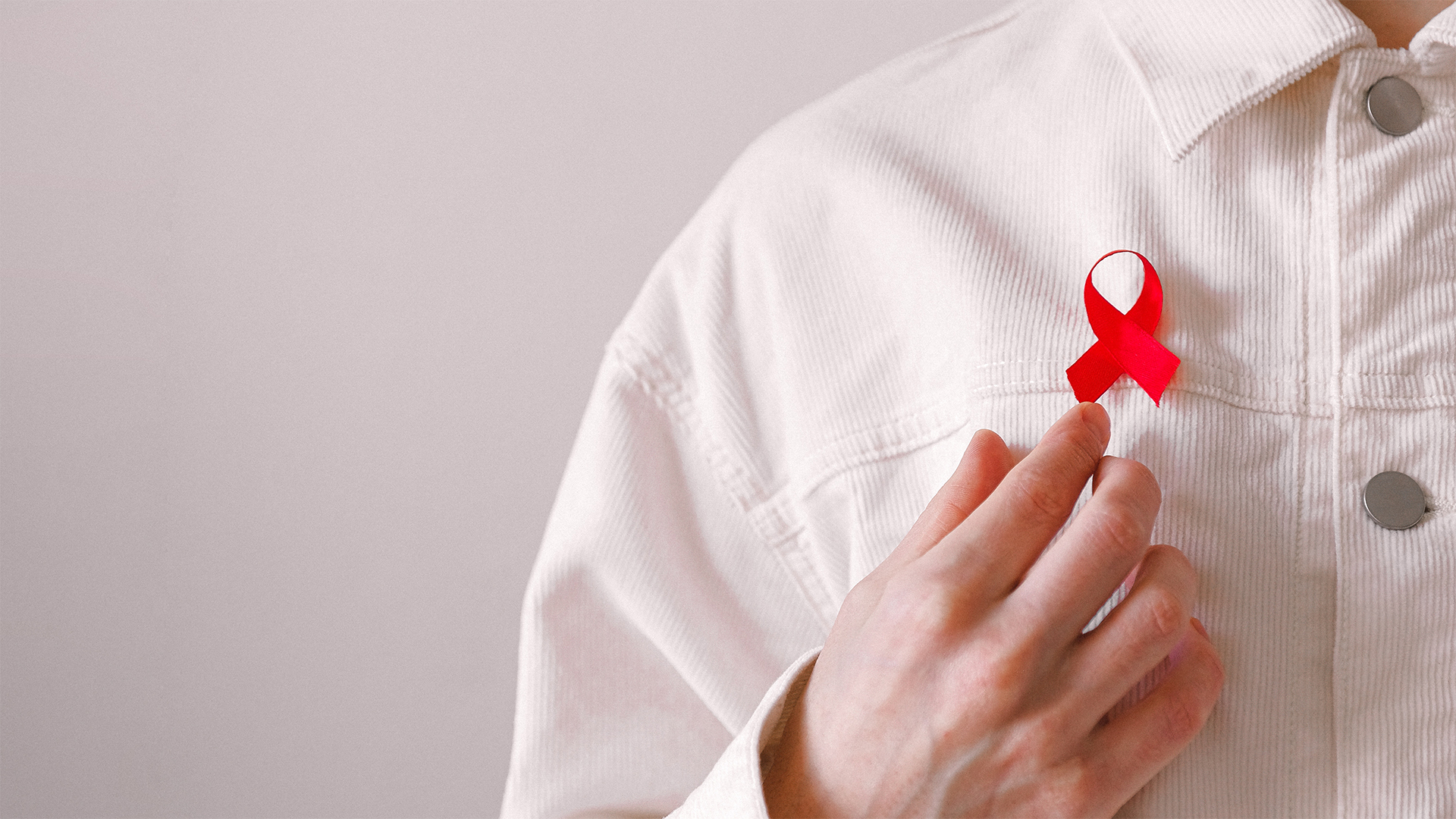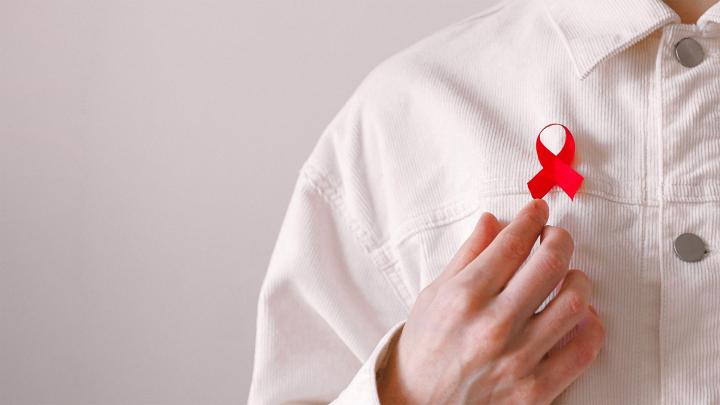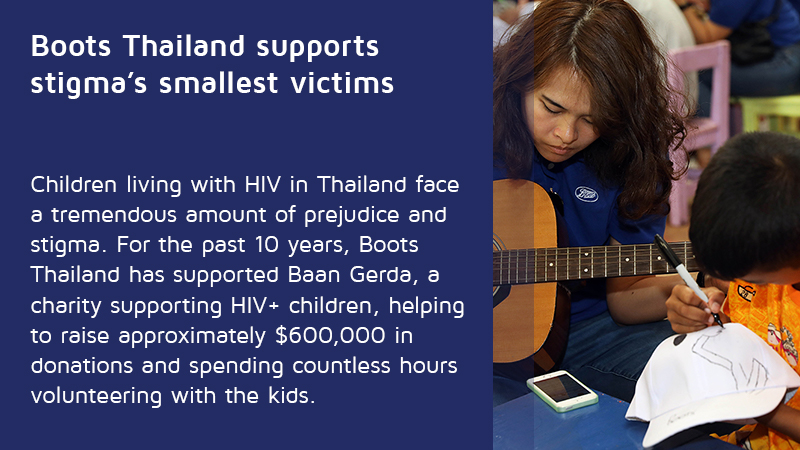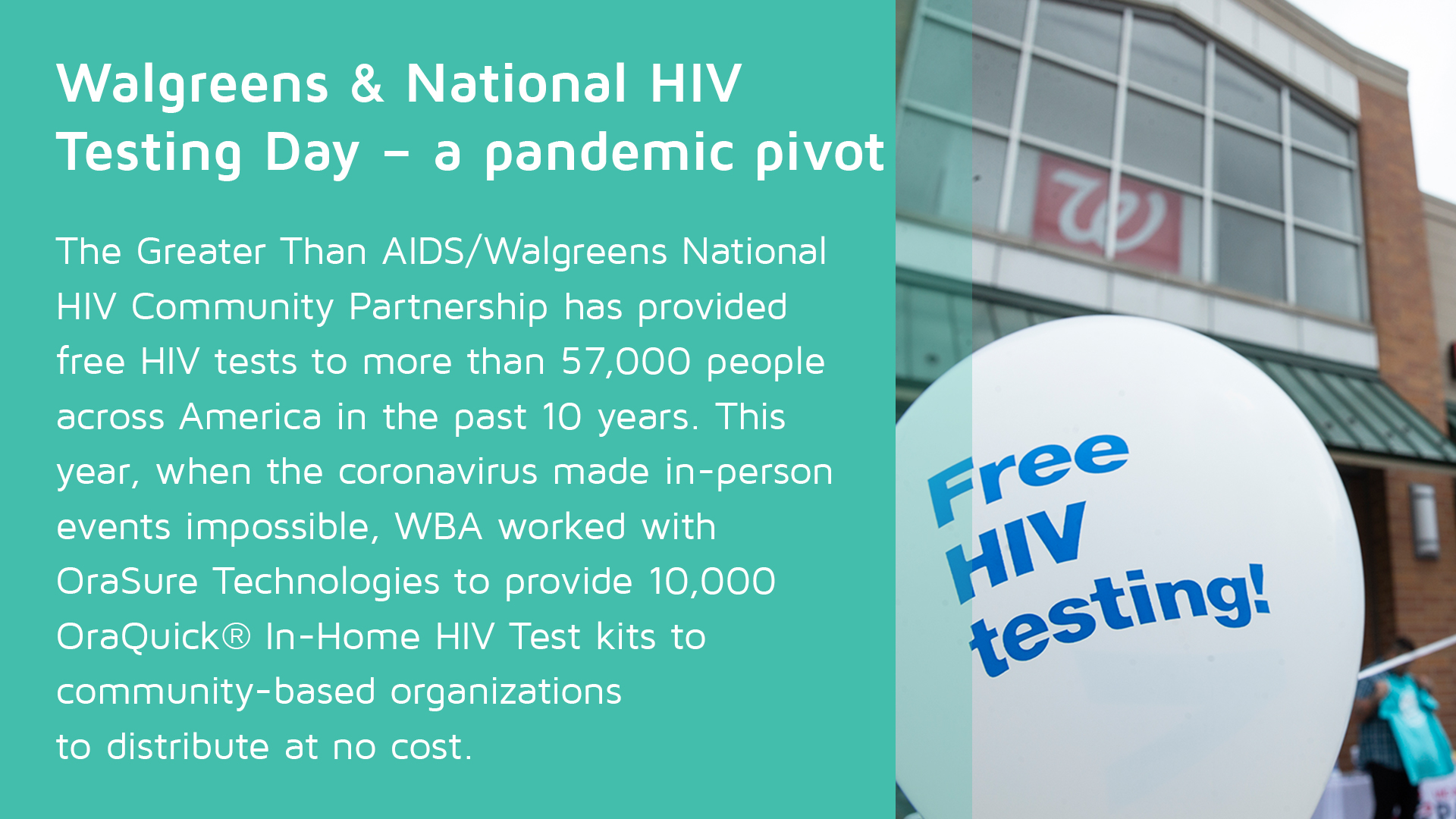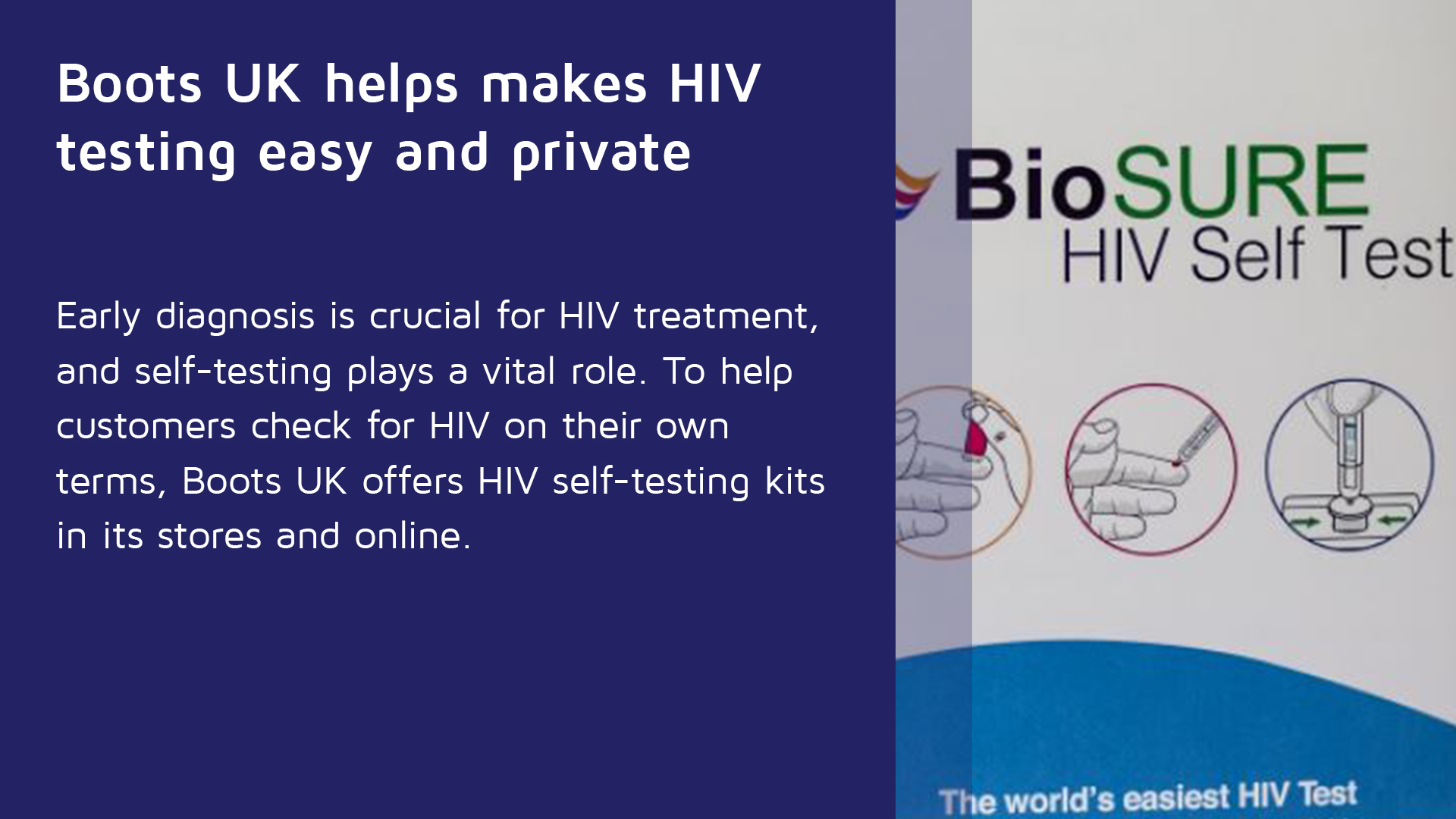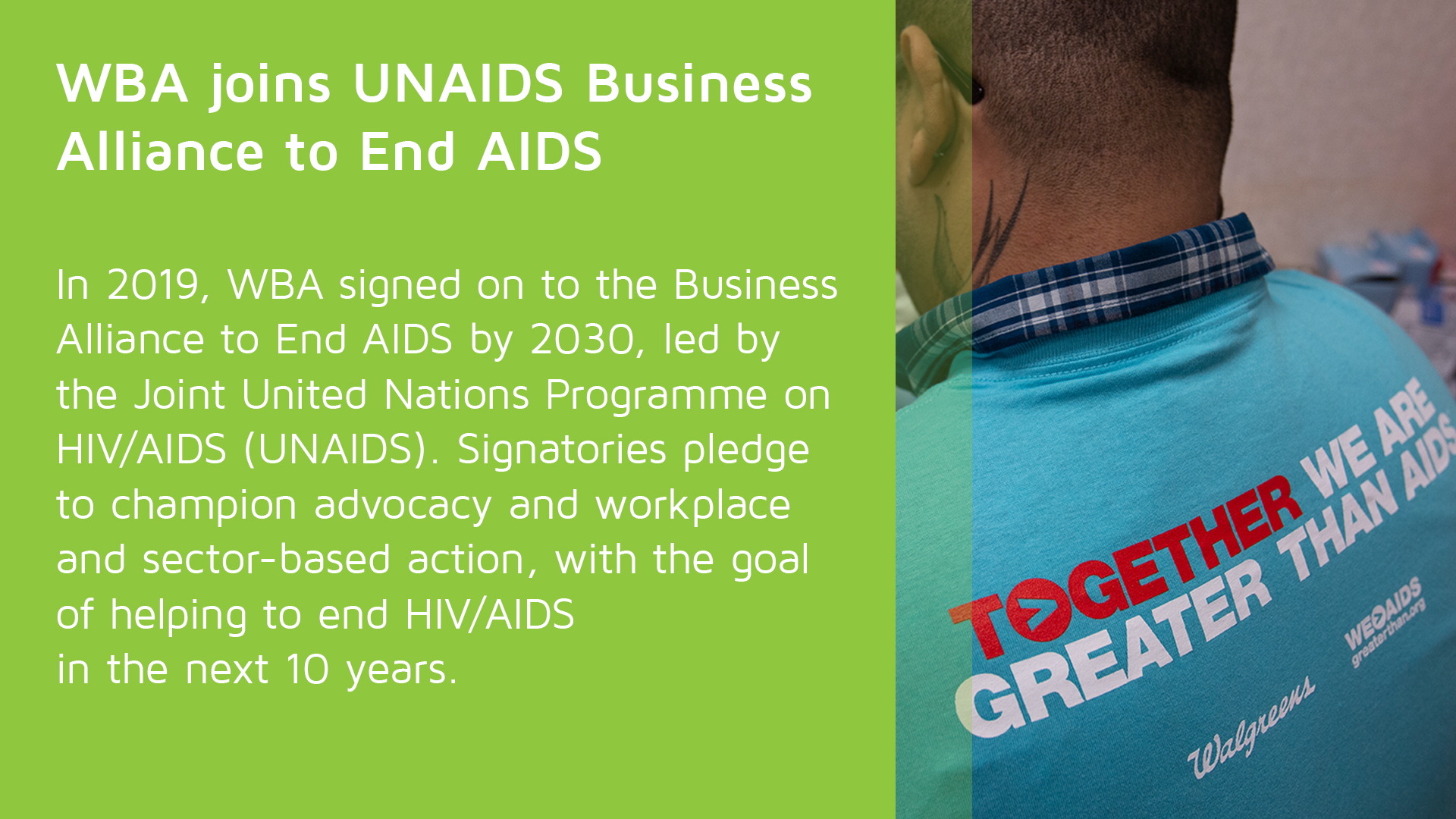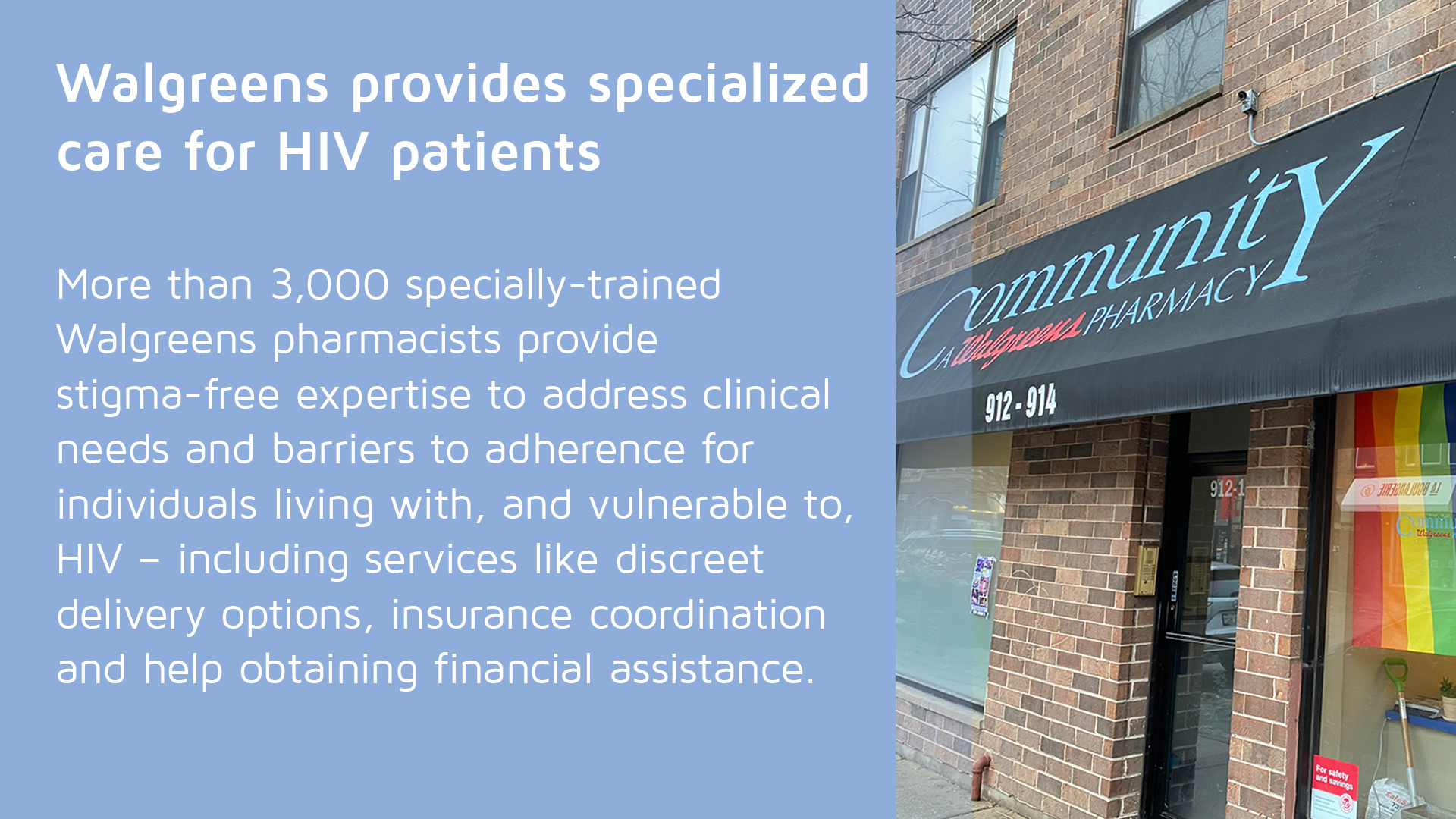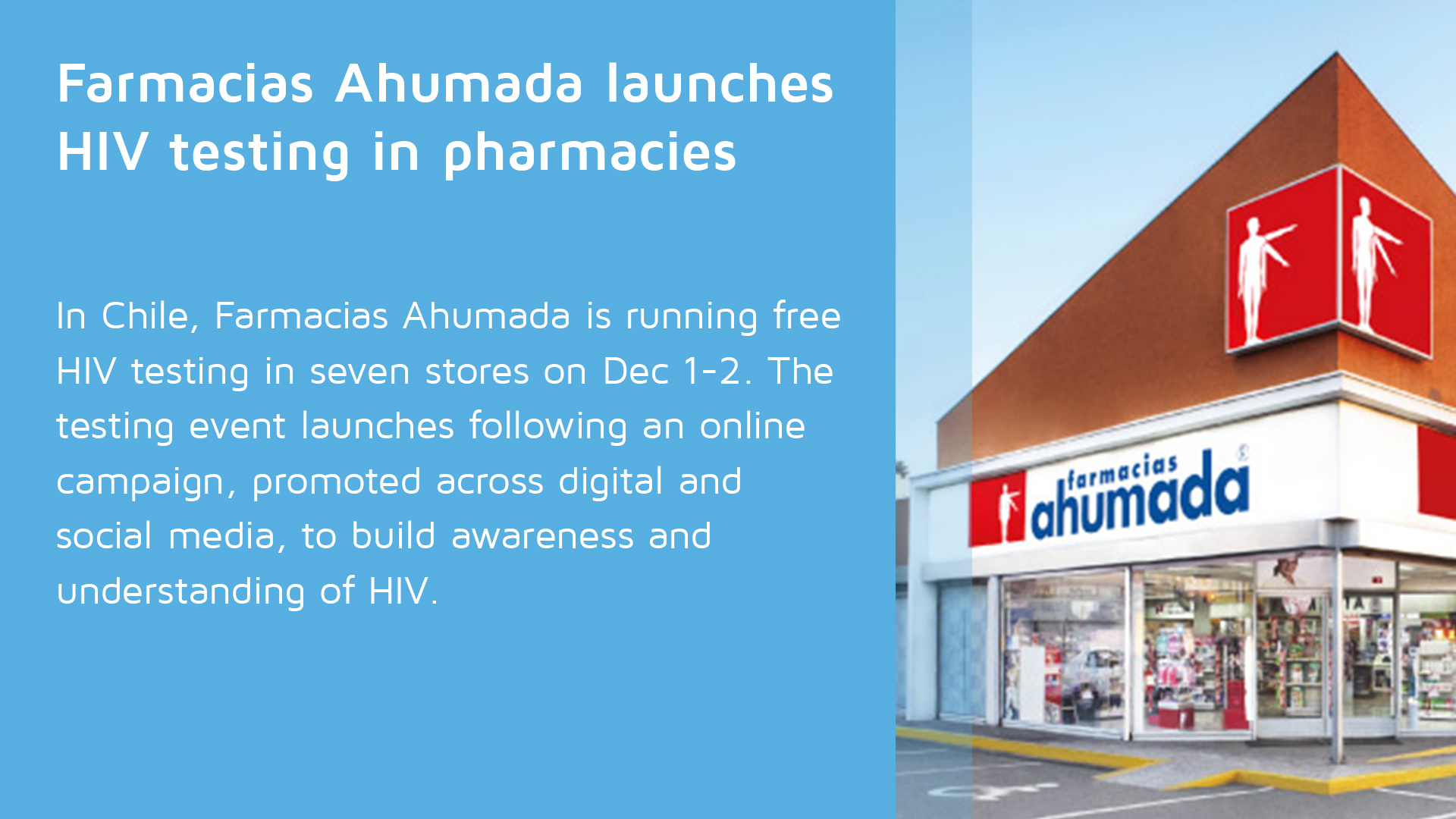With the world in the grips of COVID-19, it’s easy to forget that for nearly 40 years, another virus has demanded our attention.

When HIV – the virus that causes AIDS – was discovered in 1983, it was both intensely feared and tragically fatal. But immense progress has been made in prevention and treatment, what seemed unconquerable three decades ago typically can now be managed, and we’re inching closer to a world without AIDS. The Joint United Nations Programme on HIV/AIDS (UNAIDS) has set an ambitious goal to end the AIDS epidemic as a public health threat by 2030, a mere 10 years from now. Meeting this goal, however, will take a groundswell of commitment and focus from governments, health officials, clinicians and community organizations around the world.
Established in 1992, the Elton John AIDS Foundation (The Foundation) – one of the leading independent AIDS organizations in the world – is a key driver of this groundswell. With a focus on reaching marginalized populations and influencing change through local, community-based partners, the Foundation also drives policy change at a national and international level.
WBA works proudly with EJAF as part of the company’s commitment to healthy communities. For World AIDS Day, we spoke with the Foundation’s chief executive officer, Anne Aslett, about the diseases’ persistent stigma, how the coronavirus has affected The Foundation’s mission and what it will take to actually end the AIDS epidemic by 2030:
The Foundation mission statement talks about “overcoming the stigma and neglect that keep us from ending AIDS.” How is that stigma slowing us from making progress?
Aslett: The devastating thing is it makes people with HIV and AIDS feel ashamed and therefore stops them from seeking the help that they need. We can have all the effective testing, fantastic drug regimens and support services you could possibly want, but if people feel ashamed to come and access these things, then we're not going to make progress. So stigma really is the huge barrier that stops us from optimizing all of the scientific and medical advances we've made in treating this disease.
What are other barriers to people actually benefitting from all the advancements in care and prevention?
Aslett: There have been effective anti-retroviral treatments for HIV for decades now. We've known for a long time that if you’re adhering to your medication and HIV is undetectable in your blood, then you cannot transmit the virus. And yet this is not widely known despite the information being in a large number of education campaigns and scientific journals. Even in Europe and North America, there are still far too many people who don't know about pre-exposure prophylaxis (PrEP), a pill to prevent HIV transmission before a potential interaction, and how effective this medication can be and therefore aren't taking it. So it's incredibly important to keep sharing information about what exists out there, to help keep people and their sexual partners safe.
What’s the adage – when you’re just about sick of hearing yourself say something, that’s when people are actually starting to hear it? It’s really important to keep this message going so that people understand how much HIV and AIDS has moved on over the last 20 years.
Aren’t healthcare providers having these important conversations with high-risk patients?
Aslett: Yes, that is happening on an individual basis. But then you've got to make sure the patient feels comfortable sharing that information among their peers, which takes you back to the stigma. Because if a patient receives that information but they think, “I'm never going to tell anybody about this because doing so would mean admitting that I was HIV positive,” then that information just stays with that patient and doesn’t expand into the community.
The Foundation is looking at this – how we can find ways to create compelling narratives that can go far and wide, so that people understand and trust that these treatments really do work incredibly well, that they are tolerated by most people and that they can stop you from transmitting HIV. And, in the case of PrEP, that they can actually protect you from acquiring HIV.
Beyond stigma, what are some of the myths that keep people from accessing care in different parts of the world?
Aslett: It makes me really sad to think about how much misinformation is still out there about HIV and AIDS. In the global north, there’s a perception that HIV has gone away. That's perhaps the most dangerous and pernicious myth –“Well, there isn't a problem with that anymore because we have drugs to treat it.” So, that’s something we have to work to combat.
When you get to other parts of the world, the myths are different. It feels like forever ago in this pandemic age, but I was in Nairobi at the beginning of the 2020, talking to young men and women about their sexual health and about HIV and AIDS. And there, you’re still hearing things like, “You can tell whether someone’s HIV positive by looking at them,” or, “If they have a rash, they are probably HIV positive.” There's still misinformation and myths about how HIV is transmitted – that you can get it from kissing, that you can get it from sharing utensils or sharing a bathroom.
This is a dangerous thing, particularly for young people who are so seriously affected in sub-Saharan Africa, because they share information and stories among themselves. It’s all this big sea of half-truths and things that are just completely inaccurate. And that’s why we have to keep consistently putting out the same messages for a whole range of different audiences, coming not only from doctors and medical experts but also through influencers, community groups and within peer networks, so that people hear the same message from multiple different places. That’s how they start to believe it.
In terms of the role corporations like WBA play in this effort, how do you keep HIV top of mind for corporate social responsibility (CSR)?
Aslett: Particularly with younger people, they want to feel that what they do is connected to some bigger purpose and mission, and that’s more and more a deciding factor in terms of job satisfaction. At the companies we've worked with, there’s this groundswell of enthusiasm and support from the workforce about doing something that really has the chance to change the world. And we are particularly at that inflection point with HIV because we have a sustainable development goal to end HIV/AIDS by 2030.
So many of the world’s problems seem so big and complicated, but HIV is one of the few things for which we really do have a moonshot. We’re able to talk about this historic opportunity.
It’s truly amazing that we’re at the point where we can talk about ending HIV/AIDS in ten years, especially for those who came of age during the AIDS crisis.
Aslett: . HIV entered my consciousness as a death sentence when I was in my late teens. the notion that we might be able to defeat it, to plant a flag in my lifetime, is absolutely awesome
Because of COVID-19, there’s generally more awareness of issues like stopping routes of transmission and making people aware of how to consistently protect themselves. I don’t think the general population thought about these things before, but now people have got their heads around it, and understand that testing and knowing your status about a given disease actually has a real value. Everyone is thinking about where they can get COVID tests, where and when can they get the vaccine, and it has brought this dynamic front of mind.
Speaking of COVID-19, how has the pandemic affected your work at EJAF?
Aslett: We launched a COVID emergency fund pretty early on in March because we were really worried about a lot of our grantee partners. One thing that’s so essential in breaking down stigma and discrimination is personal, physical face-to-face connection with people. We’ve worked so hard to say, “Look, you’re not at risk for HIV by giving someone a hug, to show solidarity and support.” And that has all gone by the wayside the last few months, along with counseling and support groups, regular check-ins with community health workers or at your local health center, food programs … all of that has been badly interrupted by COVID.
Through the emergency fund, we’ve been able to do two things. The first layer is helping our partners keep their workers safe, so that they’re able to keep doing what they were doing in terms of HIV services. And then second, we are collaborating with other organizations to share learnings from this pandemic, because there are things that are changing permanently, and for the better. For example, in many of our programs where people have to go and get a repeat prescription for their medications every three months, they’re now making it every six months. A lot of counseling services, and even some diagnostics, have gone online now. Out of great tragedy, you do get some innovations that move things forward. And so we’re hopeful that being innovative about how we get around this pandemic without losing momentum for HIV will bring interesting and effective new ways of doing things.
As a global, pharmacy-led company, WBA thinks a lot about the role of pharmacists in protecting communities. Do you see any areas where pharmacy can particularly support HIV care and prevention?
Aslett: I think pharmacists have an incredible role to play. In the U.S., the people who are most at risk might feel nervous about accessing care through a hospital or health center because of the medical insurance implications. A pharmacy can be almost a step-down facility for that in a really interesting way, especially by engaging with patients and making people aware of messages like undetectable equals untransmissable (U=U).
If you're on HIV therapy, you might have concerns or questions about medications. Perhaps you’re not in a position to ask your doctor, or it’s something that comes up in between appointments. Your pharmacist can help. And for screening tools like HIV testing or access to PrEP or condoms, that is a natural place for pharmacists to play a role.
No matter where you are in the world, a pharmacy is a place that feels safe. You buy general household day-to-day things in a pharmacy, so it removes that sort of intimidating stigma or sense of “otherness” about HIV. Going to going to my local Boots and grabbing an HIV test feels entirely different than going to a sexual health clinic and asking for an HIV test. And that's what we need to do; we need to make HIV feel like any other long-term chronic condition.
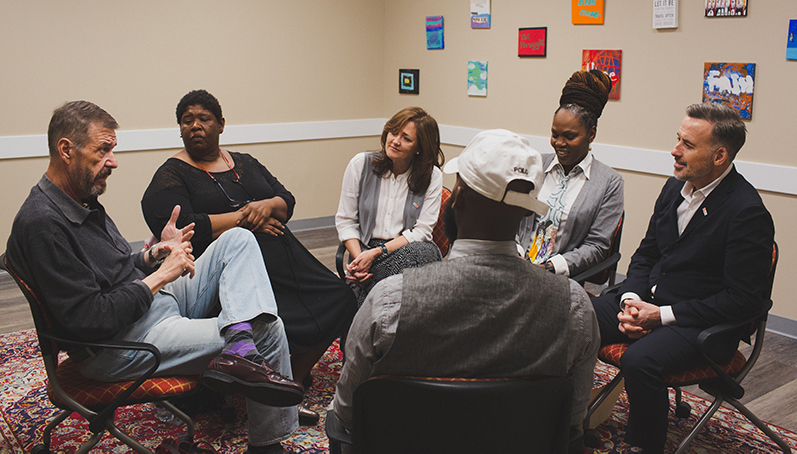
This World AIDS Day, it seems like we’re at a significant point in the effort to end HIV/AIDS. What needs to happen for us to achieve this in 10 years?
Aslett: I think, first and foremost, we must make sure we don’t allow the COVID-19 pandemic to replace a focus on HIV. Now that we have news of these coronavirus vaccines on the way, that’s less likely, but it certainly seemed like a real risk earlier in the year. We definitely need to maintain and expand global funding for HIV, and we need new narratives around the stigma and discrimination because there are still too many entrenched, old-fashioned tropes.
The other thing we need is strong political will. If countries commit to sustainable development goals, they need strong internal mechanisms to make sure they keep pushing for those goals, that they don’t get replaced. There’s a lot to worry about in the world at the moment with climate change and political instability. But if we can keep laser-focused on ending HIV, this is actually something we can eradicate. We can stop this one thing from being a problem for the world.
